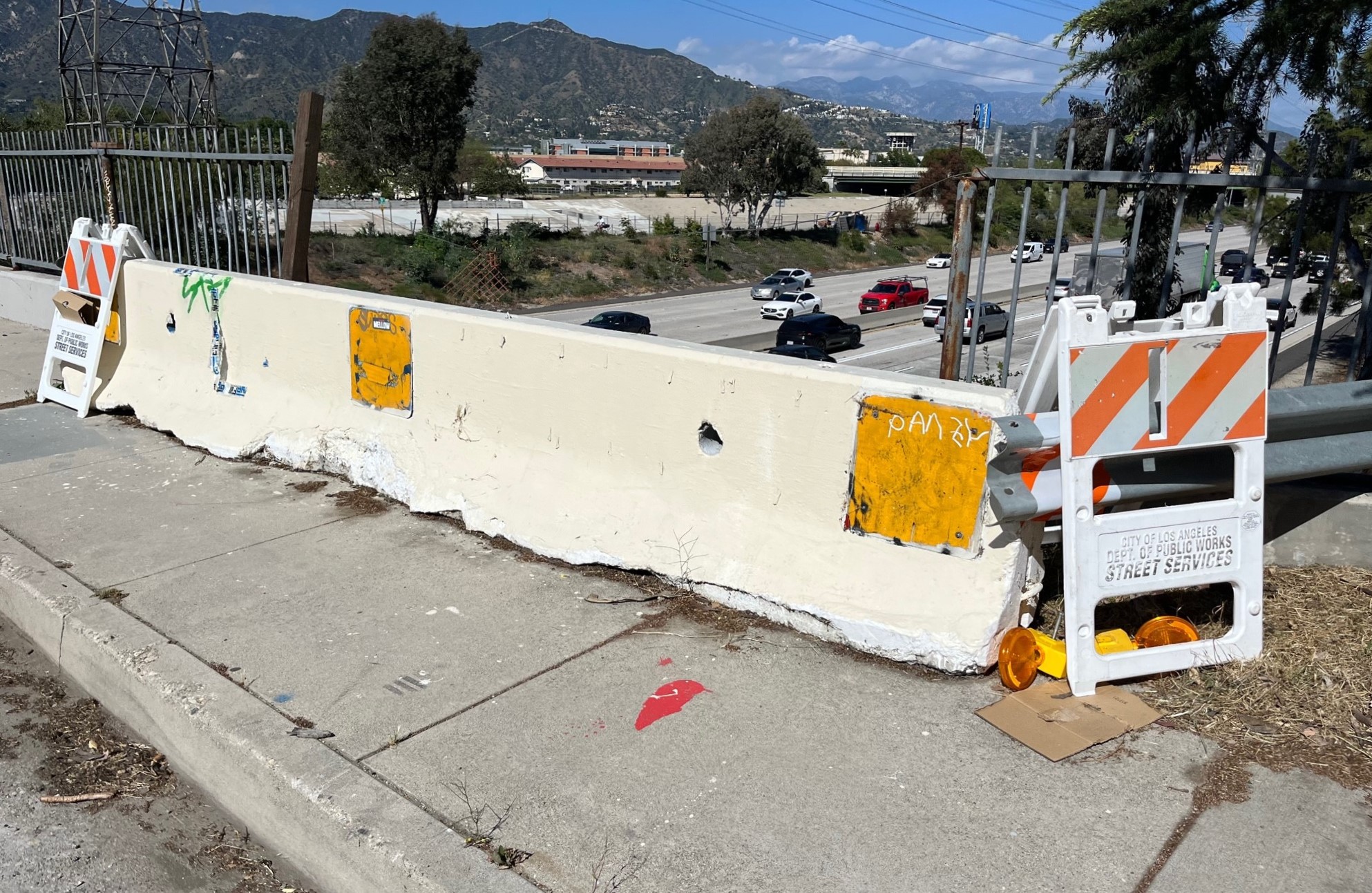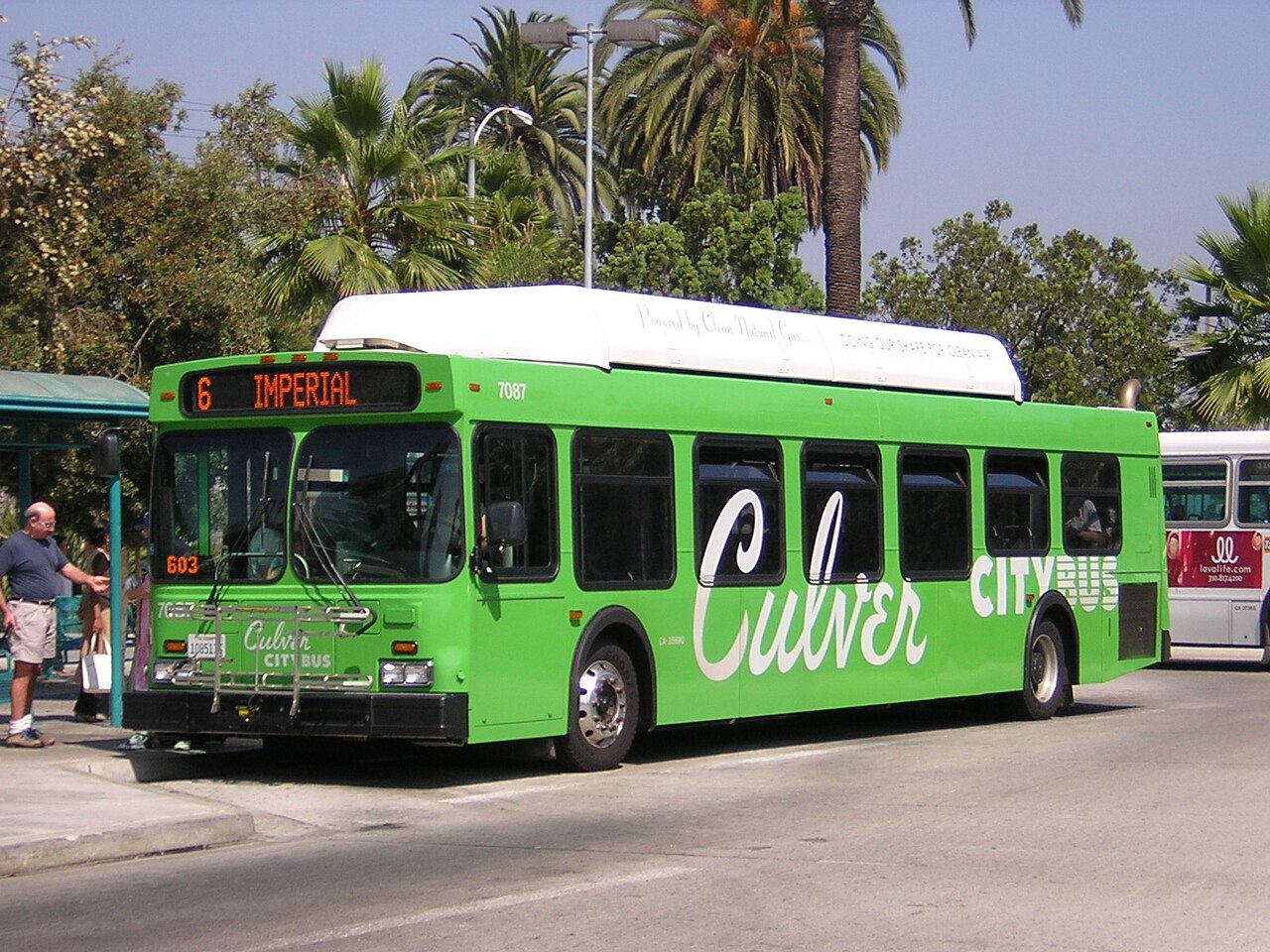Pocrass: When Does a Government Entity Become Liable for a Dangerous Street?
2:32 PM PDT on July 9, 2014
Jim Pocrass is a leading bike attorney representing people from throughout Southern California who suffer serious personal injuries – or the families who lost a loved one to a wrongful death – because of the carelessness or negligence of another. Jim is a cyclist and active in the bicycle community, supporting numerous bike-related causes. He also is on the board of directors of the Los Angeles County Bicycle Coalition. For a free consultation, or to contact Jim, visit www.pocrass.com or call 310.550.9050.
A couple of weeks ago, Jim volunteered to answer Streetsblog reader questions about legal matters. His answers proved so detailed that we decided to break them up into a five part series (one per question) rather than one giant story. Part 1 is available here.
Q: Council members have recently been shutting down proposed road diets that would make well-known dangerous streets safer (sometimes they do so under the guise of "safety"). Would an individual hit or injured while biking (or walking) on one of these notorious streets – after a council member vetoes a proposed bike/pedestrian safety enhancement – have any legal standing to take (successfully) the city or council office to court?
A: For those who come upon this post and who may not know what a road diet is, let me define it before I answer the question.
Simply put, a road diet is the popular term for when a road is reconfigured to add a bike lane, a pedestrian crossing island, and/or parking. Research has shown that a road diet increases safety by reducing collisions for bicyclists, pedestrians, and motorists.
Benefits of a road diet include reduced vehicle speeds, improved mobility and access, reduced collisions and injuries, and improved livability and quality of life (U.S. Department of Transportation, Federal Highway Administration).
Some motorists complain because since a road diet also decreases the speed that they can drive, they believe it increases congestion and the time it takes them to get from point A to point B. There is some research to indicate that this is not true, but perception is often “everything.” In some cities, this has led to what the New York Times labeled “The Bike Wars.”
Now, back to your question. It isn’t as easy to sue a government entity (city, county, state or federal government body or representative), as one would think.
If the city council reviews or takes action on a road design issue – such as implementing a road design or taking no action on a proposed road design – the council may have complete or limited immunity from legal action.
Its decision (or lack of a decision), does not have to be correct. The council merely has to consider the issue in order to have complete or limited immunity from a lawsuit.
The issue doesn’t end there. As time goes by, if many accidents (bike, pedestrian, or motor vehicle), occur, the council may now be “put on notice” of a “dangerous condition.”
The question is now, “where is the line” at which the council is put on notice of the dangerous condition and did the dangerous condition cause the injury? Is it one accident or 10 accidents? One death or two deaths? Five deaths? Twenty deaths?
Wherever that “line” is, once it is reached, the council may be responsible for a dangerous condition based on the road design. Or, the council may be liable because of its failure to warn you of the dangerous condition, which is not reasonably apparent to a cyclist, pedestrian or motorist.
In a civil lawsuit, it is you, the injured person, who has to prove that a “dangerous condition” existed, that the council did not warn you, and that the council should have known (“put on notice”) of the dangerous condition. You also will have to prove the dangerous condition caused your injuries and the impact that your injuries have had on your life.
This takes a highly experienced attorney, knowledgeable in the applicable laws, who is able to orchestrate a bevy of experts to prove your case. The attorney also must be a master at communication in order to persuade a jury of 12 men and women that you were wronged.
For reasons of clarity, I have simplified the legal interpretation of road design liability and government immunities. The truth is, every accident is different, and the laws are complicated. If you have an accident, do not attempt to determine if you have a case or who is liable from a blog post or from any other source.
Talk to a personal injury lawyer who has experience in your type of accident case and whose results demonstrate their expertise and success. All credible personal injury lawyers offer a free consultation.
Use that consultation to find out how the law applies in your situation so you can make an educated decision about what (if any) legal action you want to pursue.
Ride safely.
Stay in touch
Sign up for our free newsletter
More from Streetsblog Los Angeles
LAPD Was Crossing Against Red Light in Crash that Killed Pedestrian and Injured Six in Hollywood
The department says the officers had turned on their lights and sirens just before crossing, but won't say why they did so.
Freeway Drivers Keep Slamming into Bridge Railing in Griffith Park
Drivers keep smashing the Riverside Drive Bridge railing - plus a few other Griffith Park bike/walk updates





